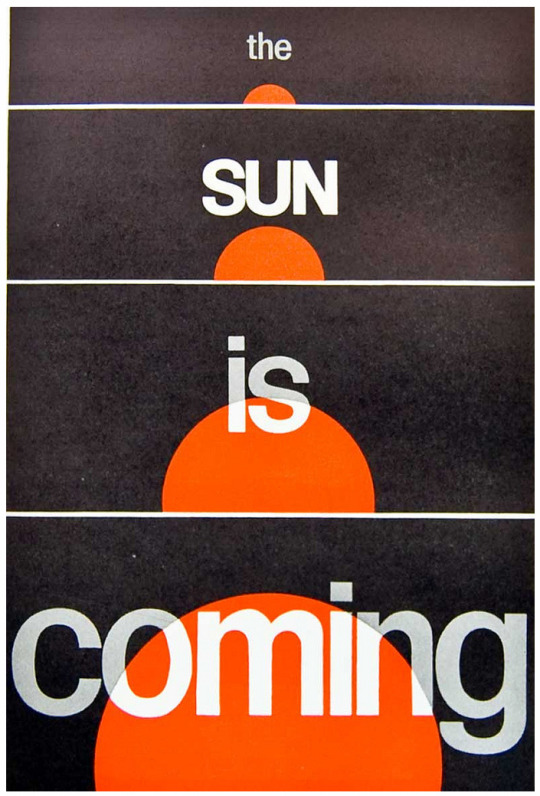He/him. Opinions my own (unless someone else wrote it). Reblogs do not inherently constitute endorsement. Icon by @ericfuckingbittle
Don't wanna be here? Send us removal request.
Text
If you're in the US military or National Guard, and are given an illegal or unconstitutional order, the GI Rights hotline (1-877-447-4487) is there to help give you the support you need to do the right thing by refusing it. It would be good to think about this now before it becomes a live issue for you and it would be smart of you to memorize that number.
10K notes
·
View notes
Text
I could tell you if any building is a twink, butch, Femme, Bear, bisexual man, bi girl, or any number of other things
6K notes
·
View notes
Text
The era of selling your child to one direction is over, it is time to sell your child to Fleetwood Mac
209 notes
·
View notes
Text

in Maine sheep are released on offshore Islands in spring to graze for summer. With no natural predators on these islands sheep thrive. To be corralled up and brought back to the mainland in early fall.
12K notes
·
View notes
Text
Still feels weird that the same band made "You're Gonna Go Far, Kid" and "Pretty Fly (For A White Guy)"
122K notes
·
View notes
Text
I fucking hate that the general response to RFK Jr's eugenist take on autistic people is "autistic people do pay taxes, autistic people do work, autistic people do date!"
Some autistic people don't and that shouldn't make them less worthy of life. Some autistic people do need constant help and support and that shouldn't make them less worthy of life.
Once again we're falling in the right wing trap of :
They make a hateful, fascist statement
Instead of focusing on the fact that it is hateful and fascist we try to show them that they are factually wrong
We throw our own allies and the most vulnerable of us under the bus in the process
We legitimise an only slightly less hateful, fascist view as we go
They have completed their goal of making us accept the still hateful, fascist second version, hurrah. What a victory.
Right now what we're getting to with that is that autistic people who can work and pay taxes are okay, and the others aren't. Fuck this shit.
Same thing happens with the people who are being deported ("they have a visa!", "they didn't even have a criminal record!" -> even if they didn't have a visa, even if they did have a criminal record, deporting them and detaining them in what's essentially a concentration camp wouldn't be okay, you absolute tools of fascism.)
21K notes
·
View notes
Text
having long distance friends is so fucked. do you wanna come over to my house and play (it will cost us 1 william dollars)
98K notes
·
View notes
Text
I just saw an advertisement for “spring black Friday” and uh. I need to know what that is. What is the significant Friday in spring. Is it Good Friday. Are there going to be amazing doorbusters on the day of the crucifixion. Are we commemorating the death of Jesus with the hottest deals in town
6K notes
·
View notes
Text

Definitely one of the funniest feature discord has added.
WARNING! ANNOYING BITCH HAS BREACHED THE PERIMETER!!!
DO YOU WISH TO EVACUATE?
16K notes
·
View notes
Text

The concentration of wealth in the hands of an elite few isn't just bad for our economy. It's corrosive to our democracy. When the wealthy and well-connected control our political system, the American people don't have a voice. The result? Demagoguery and corruption.
422 notes
·
View notes
Text
tumblr outlasting 4chan really is the epitome of “luigi wins by doing nothing”. this webbed sight is held together with printed homestuck strips and destiel fics and somehow managed to live past “the internet hate machine”.
RIP 4chan, and here’s one last meme for you:

2K notes
·
View notes
Photo

The Sun is Coming.
From the 1965 Penrose Annual.
18K notes
·
View notes
Text

I feel like this is one of those pieces of text that's totally innocuous if you don't play Fallen London, and fills you with dread if you do
408 notes
·
View notes
Note
Hey while you're loving elephants: Denver Zoo has two teenage boy elephants and one Old Man Elephant named Groucho, and lately they've had the lads housed with him so he can teach them Proper Elephant Manners like how bulls raise teenage boy elephants in the wild. Bull elephants are apparently very into being parents but due to the matriarichal nature of most herds, they really only get to raise calves after they've hit puberty. My point is, one of the boys was being annoying and chasing rabbits so Groucho came up and jabbed him in the ass with a tusk, the lad ran around the enclosure crying then came back and did a lot of "I'm sorry I'll be good now dad" fawning and it was adorable.
OH MAN SEE SEE SEE i wish we knew so much more about how bull elephants interact with herds and families - we've documented bull elephants traveling to matriarchal herds and fake wrestling with male calves, and we've documented bulls protecting orphaned calves, but in god's name i want every in and out about it. everything we know about elephant social interaction is not enough. it's a Thing that introducing old bulls to a population lowers the amount of younger bulls in musth, also known as the state in which bull elephants desire nothing but murder and possibly sex, but - i want to know the precise mechanisms. old bull elephants teaching younger bulls manners renders me VERKLEMPT. i just wanna know every secret elephants have.
this is incredible though. peak teenage boy. groucho has his hands full and i fucking love him for that. get their asses, groucho.
39K notes
·
View notes
Text
Underrated JRPG feature is when one party member uses some non-weapon object as a weapon, but you still upgrade your stats by buying weapons, so now every weapon shop in the world needs to carry parasols of increasing lethality
28K notes
·
View notes

